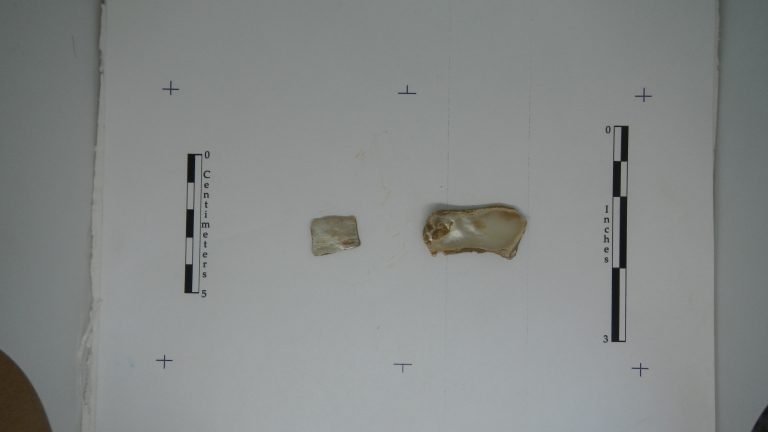Cultural Resource Management
State, federal, and Tribal Agencies can all recommend that a Cultural Resource Survey (CRS) be conducted prior to all ground-disturbing activities in the Project Area. Plateau has contributed over 850 Cultural Resource Surveys to the WISAARD alone! The objective of a CRS is to identify if cultural resources (including archaeological resources and historic properties) are present in your project area, and determine if project activities will impact those cultural resources. Our objective is to provide our clients with all the information to successfully complete their projects while providing appropriate consideration of any cultural resources that may exist in a project area.

Process
If you are a client in need of a Cultural Resource Survey, here are a few steps on how to work with your archaeological consultant (like Plateau!) and begin the CRS process. The first step is to reach out to your archaeologist with all the project information that you have. This includes letters from the agency or agencies requesting the CRS, email correspondence between the agency and the client, maps of the project area, GIS data for the project, and any critical timelines or dates of which your archaeologist should be aware. Once the archaeologist has all this information, they are then able to provide a cost estimate and a timeline for project completion. Upon execution of an agreement, the project can begin! After the completion of field work, Plateau will write a comprehensive report and prepare any site or isolate forms needed. Based on the findings, Plateau will make a recommendation to help the project move forward. If archaeological or historic resources are identified within a project area, Plateau will develop a plan in collaboration with our clients to help protect those resources and make sure the project is completed on time and on budget.
1.
REACH OUT TO YOUR CONSULTANT
2.
RECEIVE PROJECT TIMELINE AND COST ESTIMATION
3.
RECEIVE COMPREHENS-IVE REPORT
4.
RECEIVE PROJECT RECOMMEND-ATION
Who Needs This?
Civil engineers, Environmental Engineers, Federal Land Managers, State Land Managers, Private Property owners, Commercial Developers, Municipal infrastructure development, and projects with proximity to the coastline, river shoreline, lakefront, or an identified archaeological site.
FAQ
Private residential development projects located in areas that have been determined to be sensitive for cultural resources may have the need for CRS to meet permitting requirements for ground-disturbing development.
Certain permits require a CRS be conducted, this includes but is not limited to projects within archaeological districts or on US Forest Service property.
If your project includes ground-disturbing elements there is the potential for Cultural Resource disturbance. All stake holders (state, federal, Tribal) that request CRS do so in an effort to preserve cultural resources.
Projects with or applying for state or federal funding are beholden to those funding requirements.
Don’t worry! If we find a cultural resource in your project area, we can help develop a strategy for your project to move forward while protecting cultural resources. This may take the form of monitoring ground-disturbing activities, conducting testing or excavations, or altering the project to avoid cultural resources. Plateau is committed to assisting our clients with all of their cultural resource management needs.


